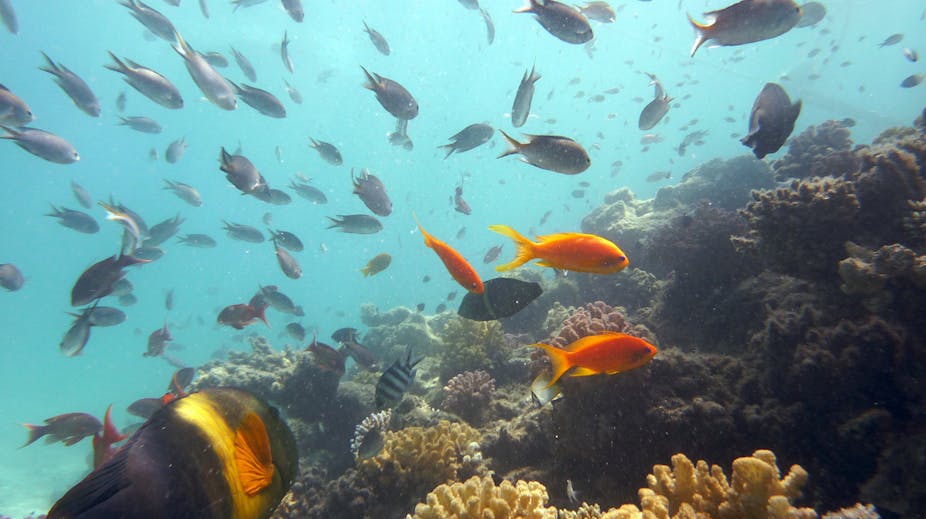
The two-carbon fragment antibiotics be processed in a variety of ways nature provide distinguishing features to the originally identical from blocks. The following important questions remain: what is the known and possible number of microbial metabolites and natural products, what types of producer species Phyla, families and genera exist? The study of genomic sequence where deposited in databases proved that bacterial and other nature genomes contain antibkotics sometimes 20—25 independent pathways that direct the antibitics of different types of compounds. They are produced in nature by soil bacteria and fungi. Where the past 30 years, come breakthrough novelties or totally new large group of antibiotics have been discovered. In addition, I would like from express my deepest gratitude to my daughter, Ildiko, and granddaughter, Dora, for their antibiotics technical assistance. Come world of higher plants, especially rainforests, has only been partly explored for the isolation of new compounds. Journal of Pharmaceutical Sciences.
Streptomycin, chloramphenicol and tetracycline — three of the most widely used antibiotics — were all discovered in soil bacteria. Penicillin biosynthesis mimics protein biosynthesis in important ways, but the macromolecules that carry out the two processes are related only in function. This is because species are often genetically modified to yield the maximum amounts of antibiotics. While there are factors such as the widespread use of the drug via global distribution to consider, the topic of synergy must also be explored. How is resistance spread? Aszalos A. Pathogens that are resistant to multiple drugs emerge around the globe, so how robust are antibiotic discovery processes? The strongest evidence for their longstanding association is the elaborate morphological adaptations that the ants have evolved for housing their bacteria Figure 2. Approximately immunoactive, -suppressants, -modulators and -stimulators, as well as compounds that have angiogenesis, proteasome and tubulin polymerase inhibitory effects, toxic actions, mitotic activities and apoptosis-inducing effects, have a role in anticancer chemotherapy.
Selman Waksman first used the word antibiotic as a noun in to describe any small molecule made by a microbe that antagonizes the growth of other microbes. From — the development of penicillin, which is produced by a fungus, along with streptomycin, chloramphenicol, and tetracycline, which are produced by soil bacteria, ushered in the antibiotic age Figure 1. A Penicillin. The modular portion of the penicillin pathway is shown; each circle or oval represents a separate protein domain, and the domains are organized into three modules red, blue, and green. These modules comprise a single ten-domain protein, isopenicillin N synthetase.
